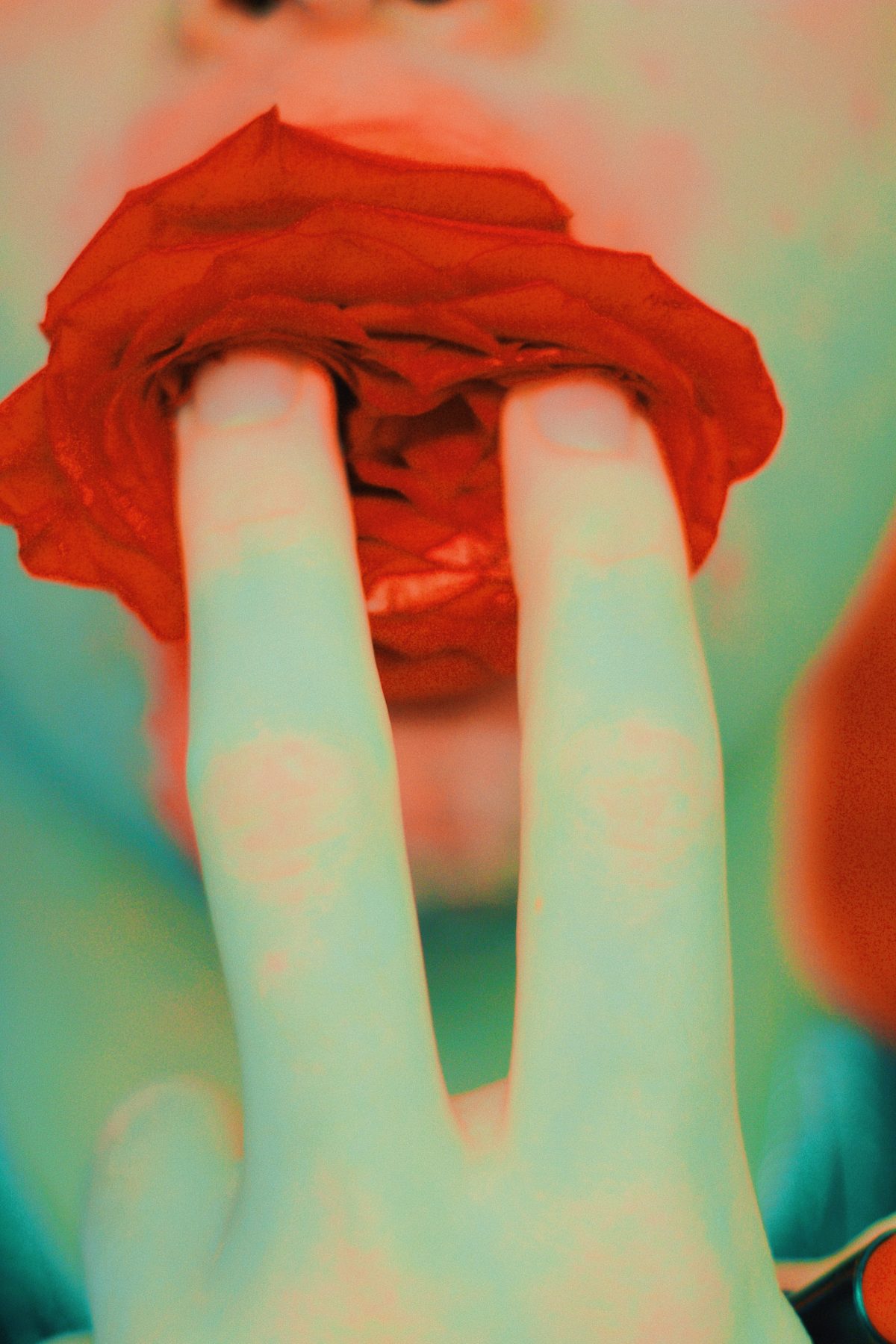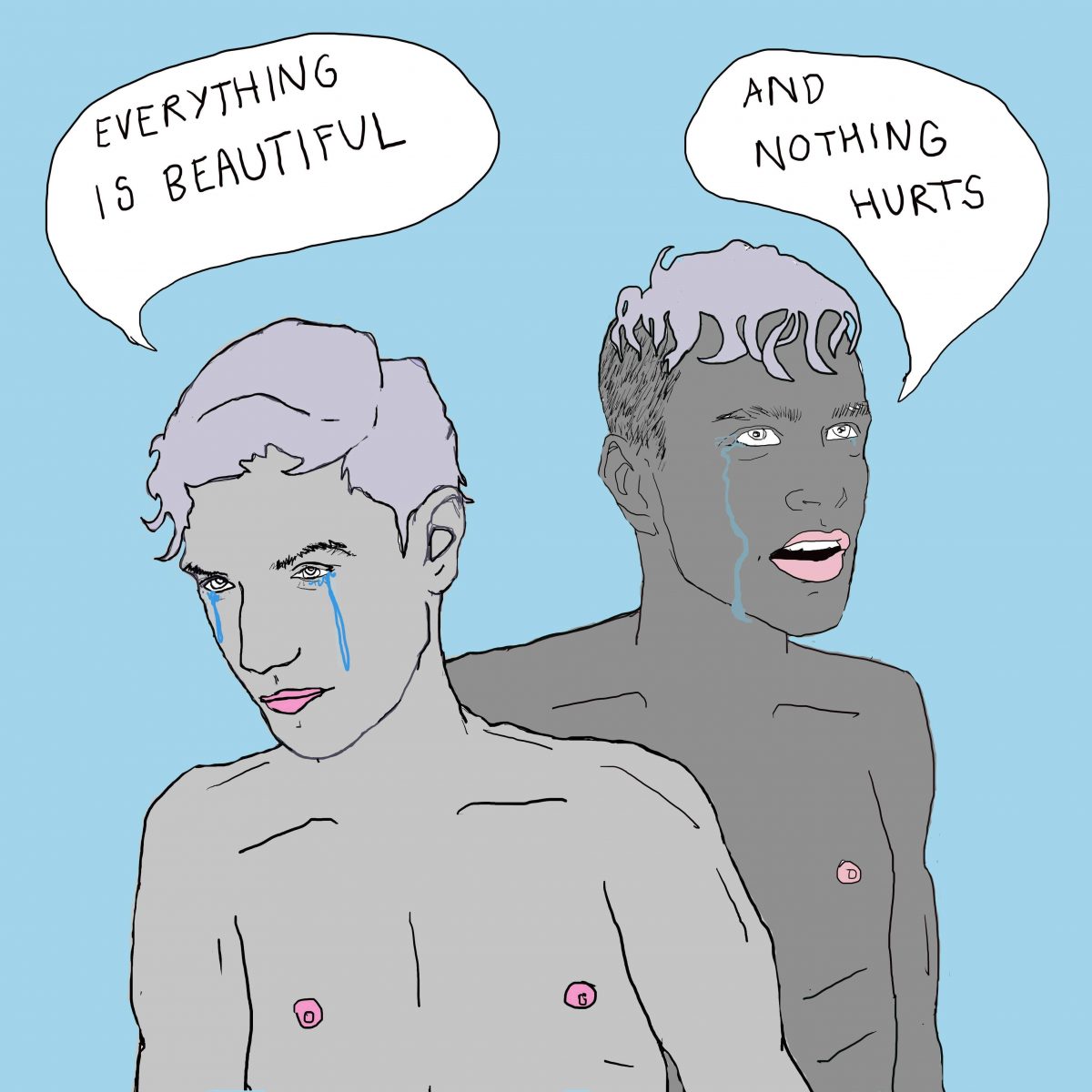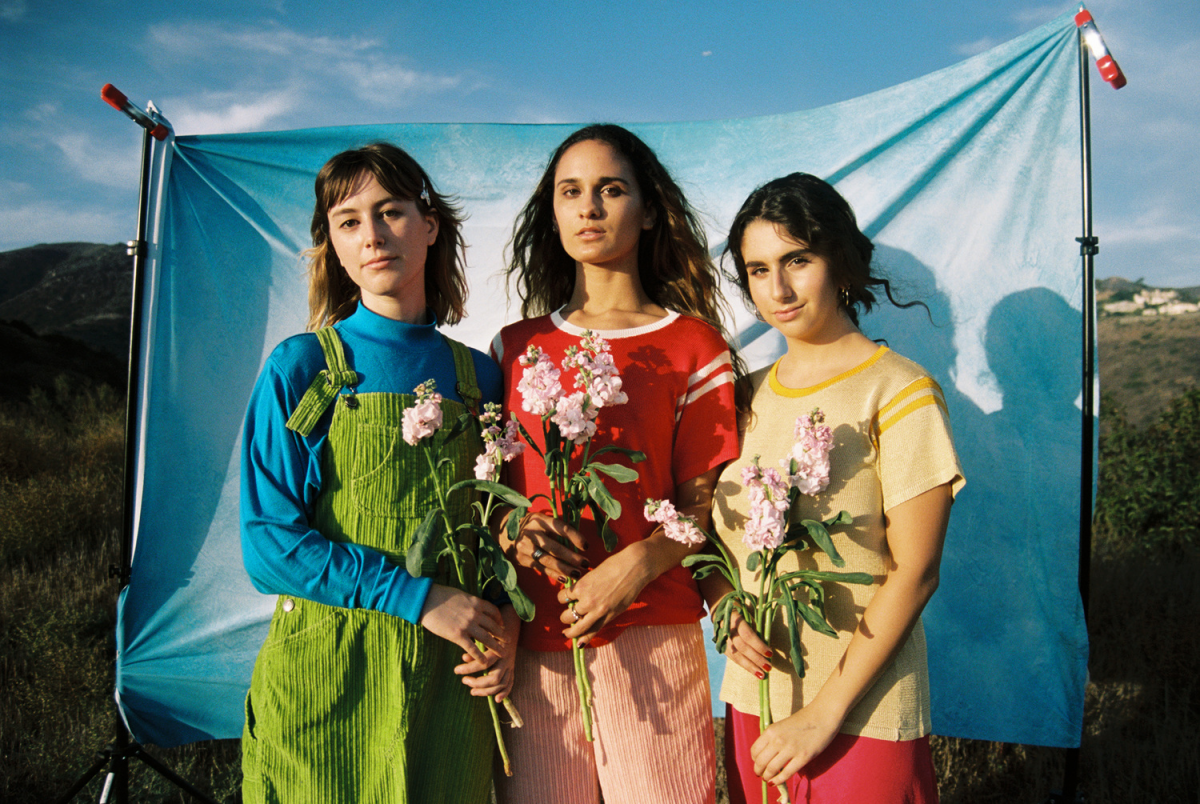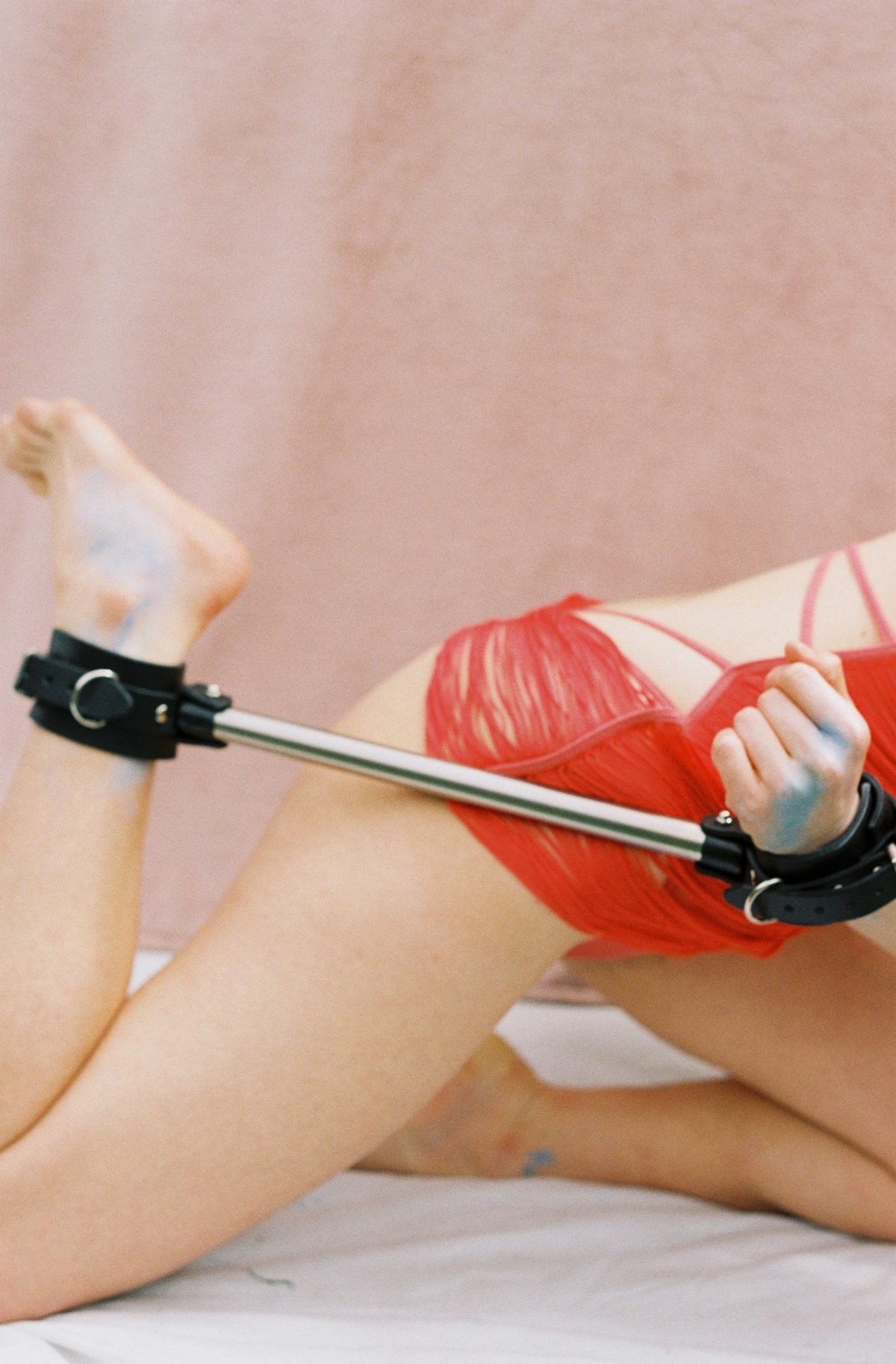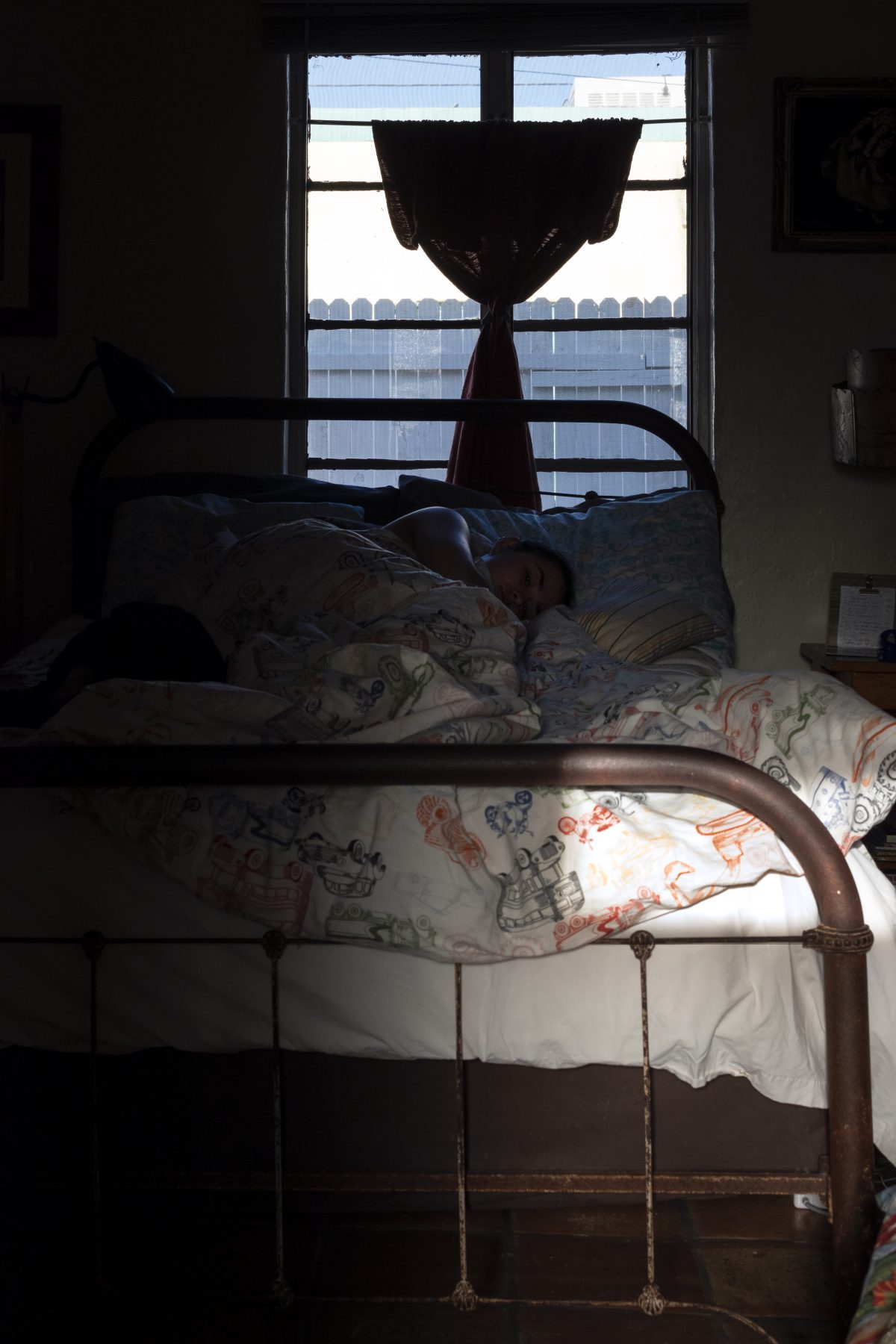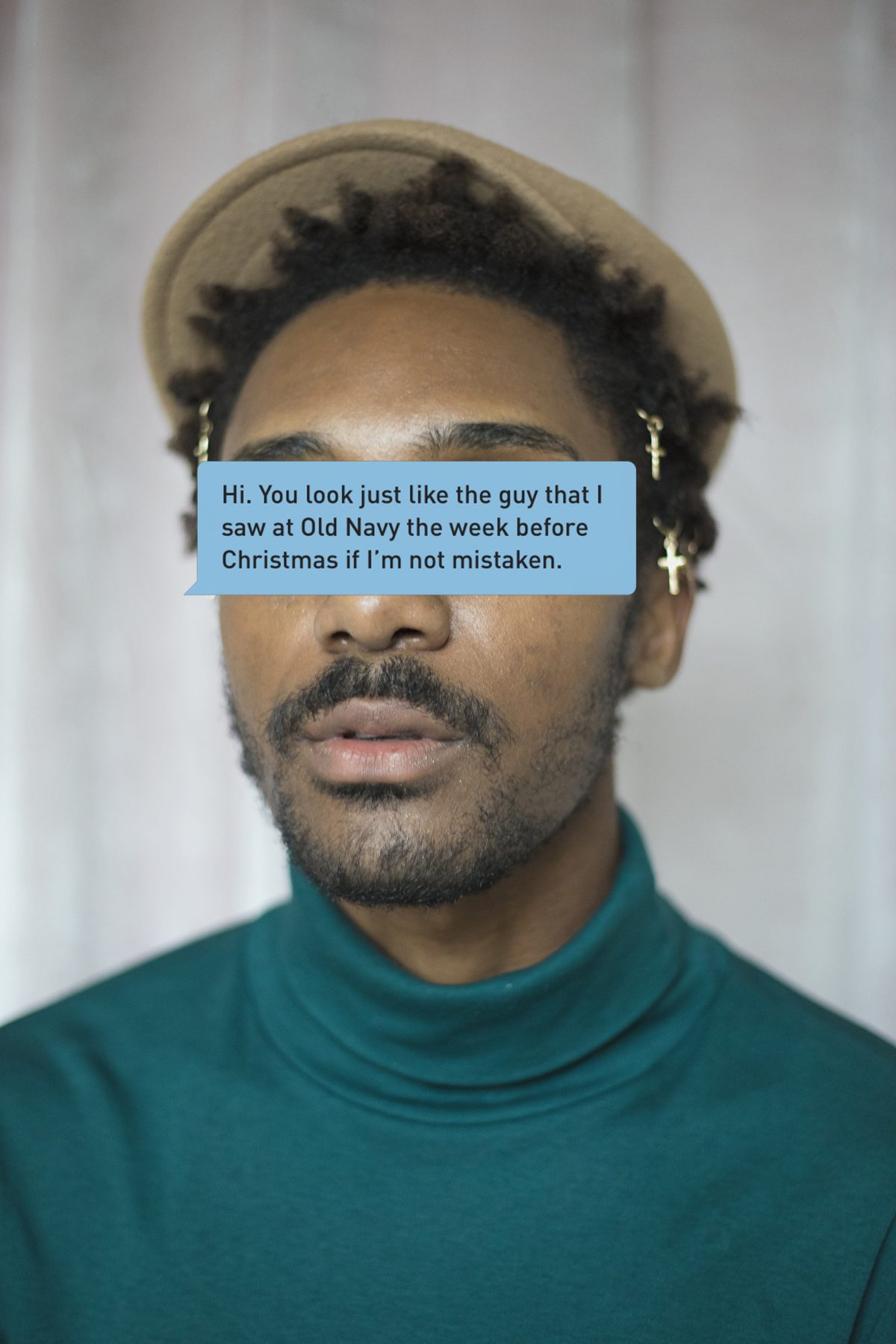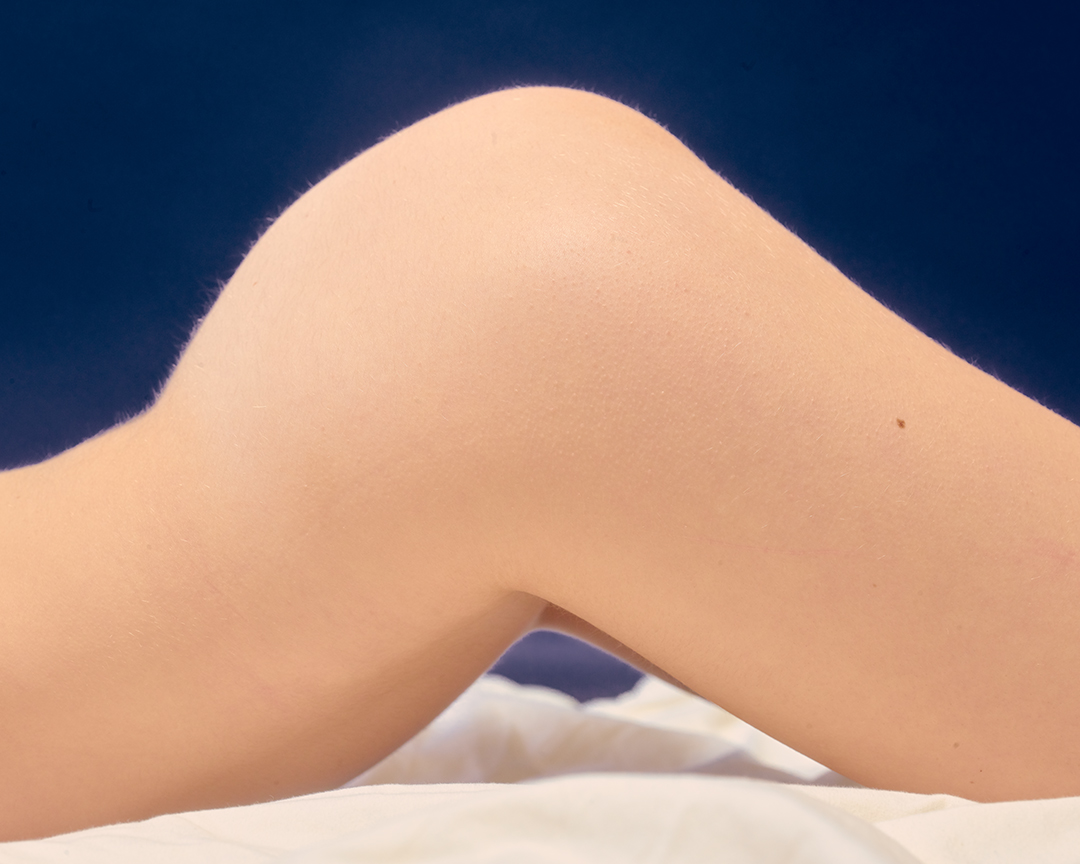Most people don’t want to wear or use protection.
I know I’m not supposed to say that as a sex educator, but then again, maybe that’s precisely what I’m supposed to say — because it’s the truth.
I’m not going to babble on for several paragraphs trying to convince anyone that putting a thin plastic casing over their genitals is going to make sex feel better. Everyone is entitled to know the facts, and the fact is that sex feels better without condoms/dental dams. However, since we’re on the topic of fact-telling, I have a few more I would like to share…
1. If worn correctly every single time, condoms have a 98% chance of preventing pregnancy.
2. Condoms and dental dams are the only known way to prevent the transmission of STIs.
3. One in two sexually active persons will contract an STI by age 25.
4. The CDC estimates that nearly 20 million new STIs occur every year in this country; half of those are among young people aged 15–24.
5. The herpes infection is common. About 1 in 8 people aged 14-49 in the U.S. has genital herpes.
6. Symptoms of genital herpes often go unnoticed. Most people with genital herpes — close to 90% — don’t know they have the infection.
7. Rates of reported chlamydia are highest among adolescent and young adults and have increased in recent years. In 2017, almost two-thirds of all reported chlamydia cases were among persons aged 15–24 years.
8. In 2017, a total of 555,608 cases of gonorrhea were reported to CDC, making it the second most common notifiable condition in the United States.
9. Since reaching a historic low in 2001, the rate of Syphilis has increased almost every year, increasing 10.5% during 2016–2017.
10. According to CDC, 1.1 million people in the US are living with HIV, and 1 in 7 of them don’t know it.
11. CDC estimates that undiagnosed STIs cause 24,000 women to become infertile each year.
12. Condoms and dental dams are FREE at Planned Parenthoods and most health clinics.
* * *
Now, first things first… please don’t misinterpret my telling you these facts as a scare tactic or as a means to further stigmatize sexually transmitted infections.
Numerous people don’t even experience symptoms when they do contract an STI. Almost all STIs are easily treated, and those that aren’t (for example, herpes and HIV) have daily medications which can suppress the virus so that people never experience symptoms and never pass it on to their partner, even without using a condom during sex.
So, if you do get an STI, I promise you that it’s not the end of the world. You are among the vast majority of humans on this earth, and you will have sex again.
The reason I am including all of these facts about protection and STIs is because many people either don’t know this information, or they don’t know where to find this information. You need to understand the risk that is involved when you have unprotected sex, and more importantly, you need to know that almost all of these risks go away when you have protected sex. So, the take-aways…
-
There are multiple STIs in the world.
-
Even though STIs are not the end of the world, transmission rates are increasing.
-
Some STIs can have long-term health consequences.
-
Each of them can be prevented, as can pregnancy, by taking two extra minutes to put on a condom or a dental dam — which are free at countless locations.
Sure, sex might feel slightly less satisfying when you wear a condom, but it’s worth it.
To be clear: having sex without a condom does feel better, but not by too much. It’s like the cherry on top of an already delicious ice cream sundae.
Is the cherry a nice addition? Totally! But when it cums down to it, the sundae is the main event, and the cherry is just a bonus. And, if including the cherry comes with multiple risks, do you really need it? No.
Okay, so, you know the risks of not wearing a condom. Now, let’s review how to put them on correctly, which is almost as important as wearing one in the first place. Condoms are 98-99% effective.*
*ONLY WHEN WORN CORRECTLY EVERY SINGLE TIME.
How to put a condom on a penis…
Step 1:
Open the condom with your fingers — not with your teeth or scissors — to avoid tearing or ripping the condom.
Step 2:
When you place the condom on the head of the penis, make sure it is on the right way (it should look like a little hat, with the rim on the outside) so that you can easily unroll it.
Step 3:
Before rolling the condom down the shaft, pinch the tip of the condom so there is a little bit of space for the semen to collect at the top.
Step 4:
Unroll the condom down the shaft of the penis all the way to the base.
Step 5:
After you ejaculate, make sure you hold the base of the condom when you pull out of your partner’s body so that it doesn’t slip off and semen spills out. Throw it away in the trash, not down the toilet!
How to put on an internal condom…
Step 1:
Open the condom with your fingers, not with your teeth or scissors to avoid tearing or ripping the condom.
Step 2:
For anal sex, remove the inner ring. For vaginal sex, keep the inner ring in.
Step 3:
For anal sex, you can just push the condom in with a finger, but be sure to use plenty of lube! For vaginal sex, squeeze together the inner ring (on the closed end of the condom) and put it in like you would a tampon.
Step 4:
Make sure the condom isn’t twisted before pulling your finger out. Allow the outer ring to be about an inch around the opening to the vagina or anus.
Step 5:
When your partner is pulling out be sure the outer edges of the condom are held in place to avoid any spillage. Remove and throw into trash.
How to use a dental dam (barrier method used for oral sex)…
Step 1:
Open the dam with your fingers, not with your teeth or scissors to avoid tearing or ripping the condom.
Step 2:
Place the dental dam over the vulva or over the anus lightly; you don’t need to stretch it over or slap it on there. Most of them will adhere to the body part they are over due to natural moisture/lube.
Step 3:
Now go down and go to town! When you remove be sure to throw into trash and not down the toilet!
* * *
Alrighty! Now you know why you need to use barrier methods when you have sex, and how to put on a variety of these barrier methods. But, knowing and actually doing are two very different things.
Most people already know that they should use a condom or dental dam, but the real issue is that most people don’t want to, which can be attributed to two reasons:
1. People think sex with condoms/dams doesn’t feel as good.
2. People think condoms/dams kill the mood.
We’ve already covered why the first reasoning is flawed. However, in addition to the pleasure factor, many people believe that asking to use a condom or a dental dam will be a turn off or blatantly upsetting to their partner. First of all, if you are worried about your partner’s reaction, or you’re specifically worried that they are going to get angry — they’re not someone you want to be fucking anyway.
But if you’re still concerned, there are multiple ways to turn safe sex into hot sex! The two are not, nor have they ever been, mutually exclusive.
I have encountered plenty of situations in which I was too nervous to ask to use a condom, so trust that I know the struggle. Still, there’s no reason to that this aspect of the sexual experience can’t be fun, flirty, and part of foreplay. Check out just a few of the options below:
Use your words…
Worried about losing some of the heat when you ask to use a condom? Turn it back up by using dirty talk. Try out a few of these lines in the bedroom and see how fast they get the condom/dam out of their wallet.
“There’s no way a condom will be able to fit over your huge dick, but I need to find out for myself…”
“I bet that even through a dam I’ll be able to find your clit faster than any guy can.”
“Nothing gets me harder than watching you put that condom on me.”
“I like putting a condom in you, because I know I’m going to get to cum inside you.”
Use your hands…
Instead of having your partner put the condom on themselves, do it for them. Start by lubing them up good and wet before you combine your hand-jobbing skills with your condom application skills.
Use your mouth..
Although using your mouth to put a condom on your partner’s penis may take some practice, especially since you need to be careful about not accidentally ripping the condom with your teeth, but it will definitely be the opposite of a turn off. For dams, try using your tongue to apply the dam, like a grown up version of pin the tail on the donkey, only now its pin the protection on the pussy.
Make it a game…
Condoms on the Clock:
See who can put the condom on correctly the fastest. Keep score of who wins. Whoever gets the most points get a special treat from the losing partner….
Dam on the Cam:
What better way to enjoy oral sex with your partner than to film it so you can watch it again and again. Of course, not everyone will be comfortable with this, and as we hopefully all know: consent is a necessity! But, those who are interested, be sure to both take turns being the eater and the eated. Watch with each other to see the faces of pleasure. Warning: re-watching may lead to a redo!
Use special condoms, lubes, and/or dams..
There are so many different kinds of fun condoms, lubes, and dams to try out with your partner(s) that can make including them in your sex life much more pleasurable than if you hadn’t! There are varieties of ribbed condoms, there are multi-colored condoms, flavored lubes, lubes that change from warm to cool, flavored dams… the list goes on and on! Go shopping for them with your partner(s) for some added foreplay!
All sex should be and feel safe — in every sense of the word. Now go hump away!
Art by Ezra Covalt and photo by Nyle Rosenbaum.
